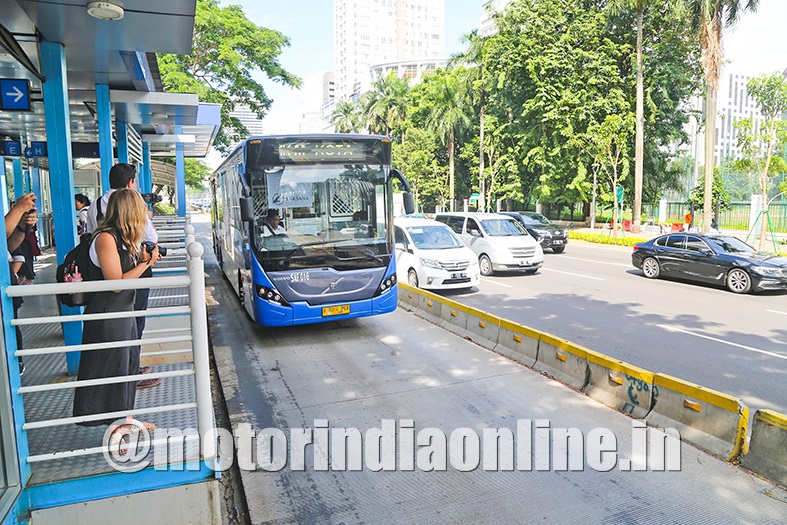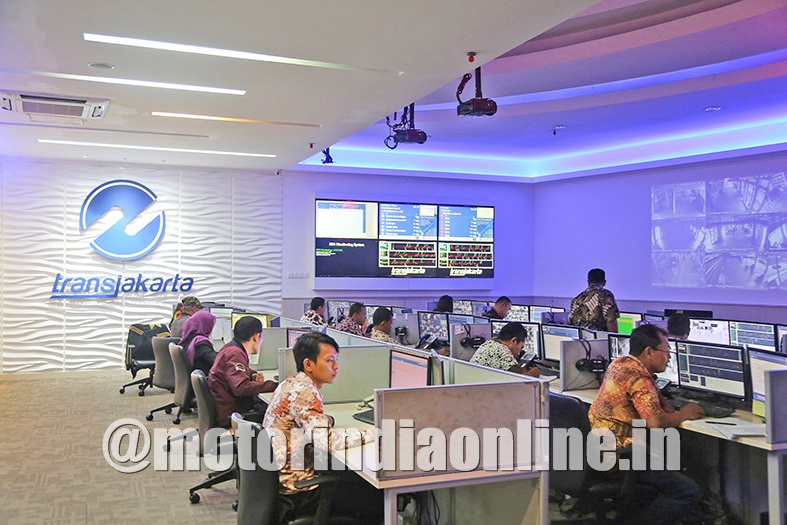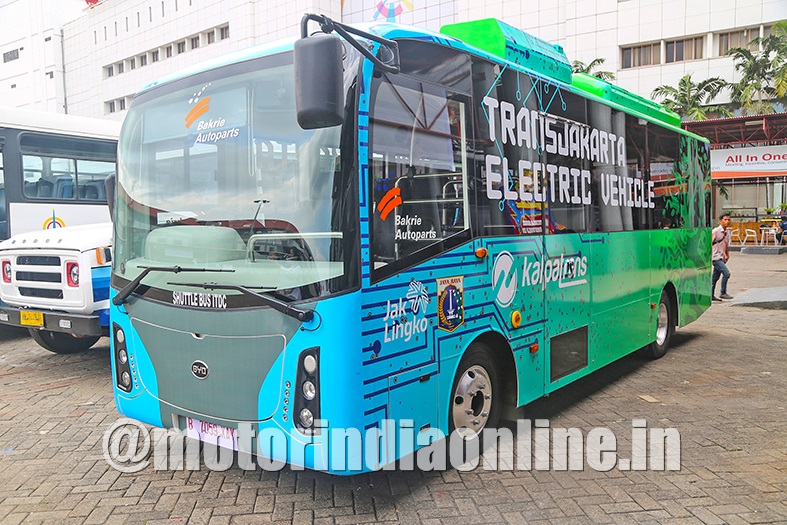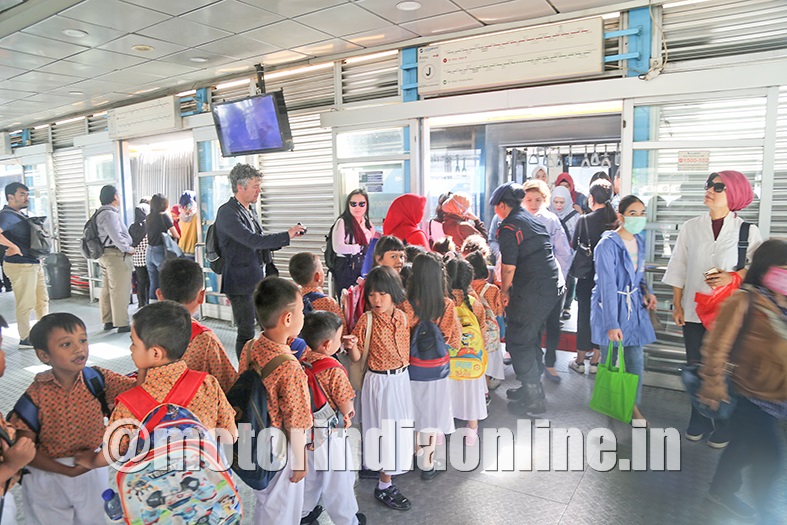TransJakarta is said to be the world’s longest bus rapid transport system, with a total operating length of 251 km. On an average, TransJakarta serves up to 663,000 passengers per day. By January 2019, the number of routes increased to 155, which was a significant growth from 41 routes in 2015.
With the routes constantly expanding, the number of buses has also significantly increased from 605 in 2015 to 1,500 buses. There are plans to have 3,000 buses running soon. However, Indonesia is yet to add EVs to the fleet.
Last year, TransJakarta set a record of carrying 7,30,000 passengers in a day. This was a dramatic improvement in numbers, as in 2015 only 3,31,000 passengers used the BRT system. As of 2019, over 190 million people have used the services of Transjakarta, and the city government-subsidized public transportation system has set a goal of serving one million people per day, eventually. The prices have remained the same since its inception as a normal fare costs Rp 3,500 (Rs. 17.04 at present), per passenger.
Most of the roads supporting Transjakarta have a separate lane for buses, with other public vehicles not permitted to enter them. This gives an advantage to buses, to arrive sooner at a destination even amidst heavy traffic snarls.
The only disadvantage in the Transjakarta routes was the elevated sections. With bus only route running 30 metres above the ground, there are no assistance like elevators or escalators to reach the bus stations. This makes it close to impossible, for the disabled and the aged to commute using these routes.
The Command Centre
Located on the third floor of the PT Transportasi Jakarta office in East Jakarta is the Command Centre for the city’s BRT system. As one enters the dull lit room, the huge monitor up front playing numerous, live CCTV footage from different bus stations catches our attention.
The staff at the command centre are equipped with computers and headsets and are glued to the screens to maintain a safe and efficient service during operational hours. Every information related to the routes and buses comes through to the command centre. Monitoring is done with the help GPS, CCTV and oddly, even WhatsApp. With 30 employees working three shifts, the command centre is open 24 hours.
One of the top priorities is the speed limit for buses. In case a vehicle crosses the service standard speed of 50 kmph, the staff at the command centre immediately contacts the bus driver via telephone and enquires. With no element to interfere, the driver can just talk without needing to push a button and get distracted off the road, in order to answer a call.
Live CCTV footage from bus stops are used to monitor the crowd, safety of passengers and also interestingly to order the buses to speed up and arrive soon, to avoid overcrowding.
Enter, electric buses!
An electric bus from BYD stole the limelight at the Busworld SEA by performing test drives during the event. Demonstrations on how to recharge the buses and how to operate were also done at the expo. With close to no EVs operating in Indonesia, the C6, K9 and the MD12E electric buses are set to play a revolutionary part in the country’s electric transition.
Trial runs of the electric buses, in Transjakarta corridors, have been scheduled to take place for the next six months. Mr. Agung Wicaksono, President Director, PT Transjakarta, said at the expo: “Scheduling the trail run will be done depending on the readiness of the operators. We are yet to pick a particular location, which the buses can use as a test corridor. However, the trials will last for a period of six months.”
Mr. Baki Lee, President Director of GEM Indonesia, said: “The focus on the next edition of Busworld (SEA) would be much more on electric buses. Indonesia is not only set to grow in size, but will also diversify.”
Transjakarta has set a benchmark in the public transportation system in Indonesia and also acts as proof that other cities in the country can also have an international standard public transport managed by the government.
Since operations began on January 15, 2004, Transjakarta has been a learning tool in the process of welcoming sustainable urban mobility. It has also become a new cultural symbol of transportation in Indonesia. By being the first and only BRT system in the country which boasts international standards, Transjakarta collaborates with five different bus and coach manufacturers for the vehicles.



